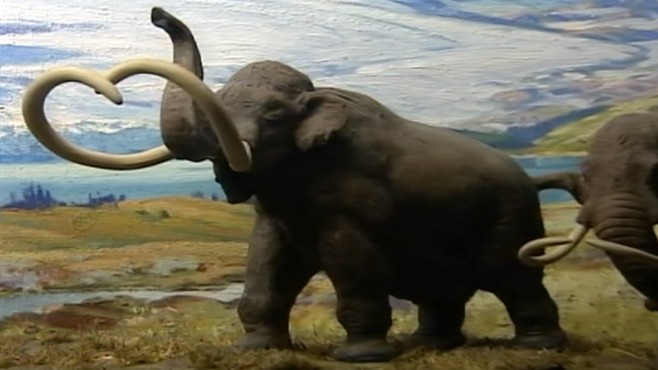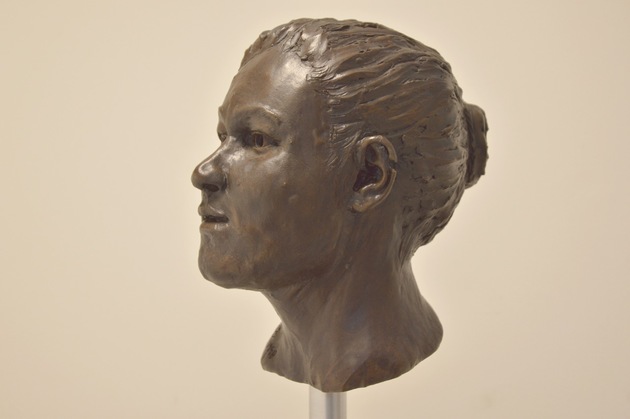
Harvard researchers said they’re as close as two years away from resurrecting the woolly mammoth, a megafauna that went extinct around 5,600 years ago.
The team presented their findings at the annual meeting of the American Association for the Advancement of Science (AAAS). The team has been collecting DNA from frozen mammoth specimens in the hopes of creating a wooly mammoth embryo that could be grown into a living hybrid.
The scientists have identified DNA sequences related to ear size, fat levels, hair, and blood. One by one, they have cut and pasted these sequences into that of Asian elephants, the closest living relatives to mammoths.
“Our aim is to produce a hybrid elephant/mammoth embryo,” the team announced. “Actually it would be more like an elephant with a number of mammoth traits. We’re not there yet, but it could happen in a couple of years.”
Previous attempts to do resurrect the wooly mammoth have been stymied by the fact that sperm cells last only a few years before becoming nonviable. The Harvard team, however, has found a workaround by collecting skin cells from Asian elephants and reprogramming them into stem cells. They then intend to insert a modified embryo, combining wooly mammoth and elephant DNA, into an artificial womb.
If all goes according to plan, a baby mammoth/elephant hybrid could be born about two years later.
The Harvard team originally sought to use a female elephant as a surrogate mother, but have had difficulty securing an animal due to the species’ endangered status, delaying the results of the experiment by several years.
“We’re working on ways to evaluate the impact of all these edits and basically trying to establish embryogenesis [developing an embryo] in the lab,” said professor George Church, the leader of the Harvard team.
“The list of edits affects things that contribute to the success of elephants in cold environments.”
Professor Church does not consider the team’s work to be a vanity project, but rather a valuable conservation effort. Mammoths can survive in cold environments inhospitable to humans, and Church believes the hybrids could flourish there as well. He also claims that they could help counter global warming.
“[Mammoths] keep the tundra from thawing by punching through snow and allowing cold air to come in,” he said. This would prevent ice from melting and greenhouse gases from reaching the atmosphere.
Church suggested that the gene-editing technique is overhyped by the media. “I don’t think it’s the cat’s meow,” he said. “It’s just another technology. To say it’s changed everything is like saying the Beatles invented the ’60s.”
Mammoths, a close relative of Asian elephants, roamed four continents before being were driven to extinction around 5,000 years ago. Paleontologists debate the cause of the extinction, with the main two theories being habitat loss due to planetary warming, and over-hunting by prehistoric humans.
Due to their recent extinction and preference for cold climates, a good deal of mammoth genetic material has survived. Geneticists worldwide have undertaken projects to resurrect mammoths through cloning or hybridization with elephants. The woolly mammoth genome was mapped and released to the public by a team of American and Swedish scientists in 2015.













